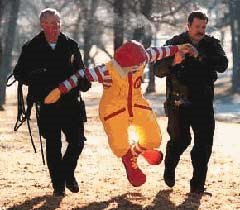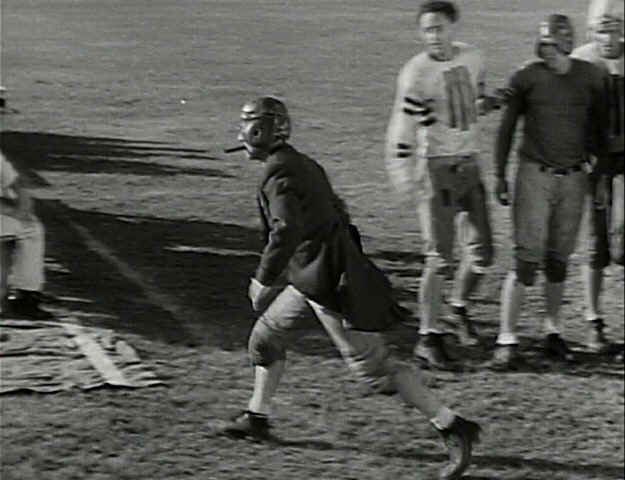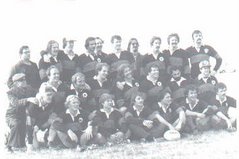"Keep it Simple, Stupid" thinking I like to look for......!
The No-S Diet: Keeping Dieting Simple
The No-S Diet is the simplest diet I've ever come across. It has just three rules:
- No snacks
- No seconds
- No sweets
The author, Reinhard Engels, does explain those rules on his No S Diet site (and he's also recently writtena book on the No S Diet). So what exactly do the rules mean? And can it really work?
No snacks:
This is about "when" not "what" and means not eating between meals. You can eat whatever you want at mealtimes (including snack foods, such as chips, candy, and so on). Of course, since you're only allowed one plateful, you might want to go for something a bit more filling than empty junk food...
No seconds:
This means not going back for more: fill your plate once, and that's your lot! Particularly good for buffets, or if you tend to "graze" on leftovers.
No sweets:
This doesn't just refer to what we in the UK call "sweets" (candies) but covers anything which is mostly sugar. You need to use your common sense here: fruit is fine, of course, but ice-cream, full-sugar soda, etc is definitely out.
Except (sometimes) on days that start with an S:
All the rules are relaxed on Saturdays, Sundays and pre-designated Special days. But that doesn't mean you should start gorging as though you'll never see a bar of chocolate again - enjoy your treats, without feeling guilty at all, but don't go completely overboard.
Testimonials from those who've tried it insist that it does work. Enthusiasts highlight increased enjoyment of their food, an end to the "bloated" feeling after a meal, and greater appreciation of treats at the weekend.
For example, one successful No-S-Dieter wrote that:
No S avoids the pitfall of having to do things perfectly. I can choose the foods I like to eat, and am never very far from an s-day. "I can have chocolate at the weekend" is far more liveable with than, "When I reach my perfect weight, I can have some chocolate".And I can certainly attest that being "good" during the week and relaxing at the weekend is a great way to lose weight or maintain your weight loss. For the past eighteen months, I've been following this sort of eating pattern, and recommend it on The Office Diet, as it tends to suit Monday-Friday, 9-5 workers well.
It allows planning ahead for some truly satisfying treats: I'd rather have a gorgeously gooey slab of chocolate cake at the weekend than have chocolate ice-cream for pudding every day...
So if you're feeling overwhelmed with complicated diet advice, or if you hate the thought of having to give up all your treats for an indeterminable period of time, why not give the No S Diet a try ... and let us know how you get on!










